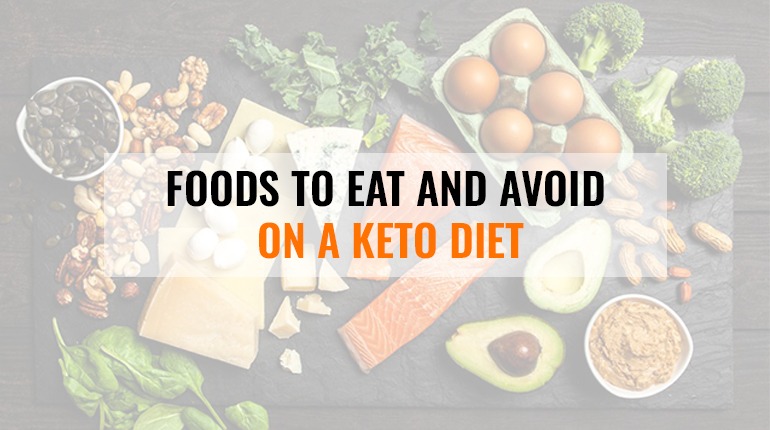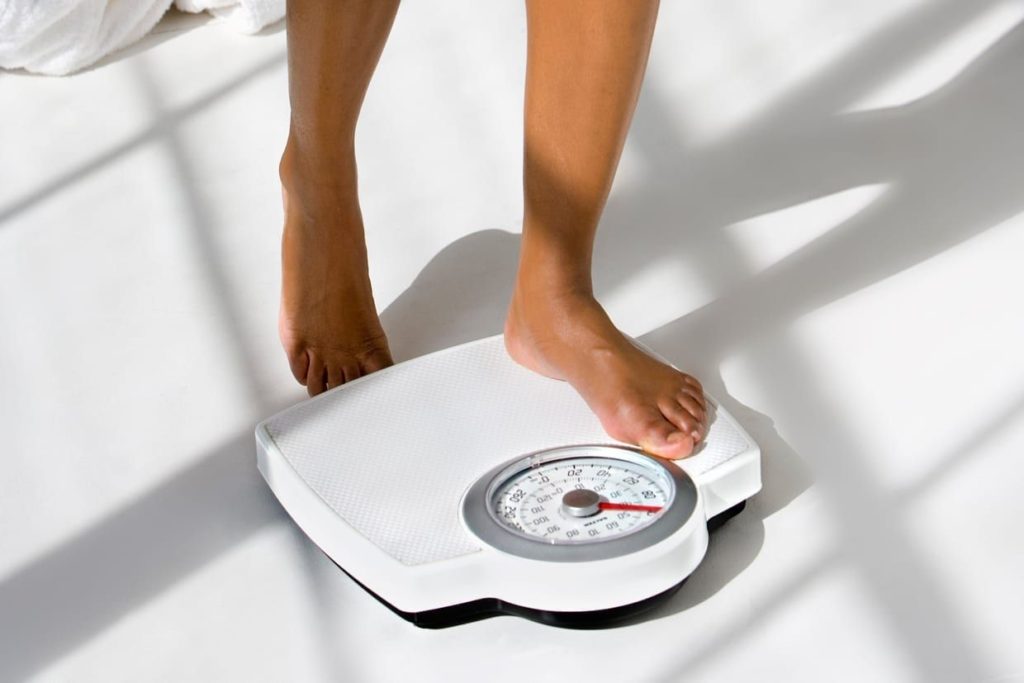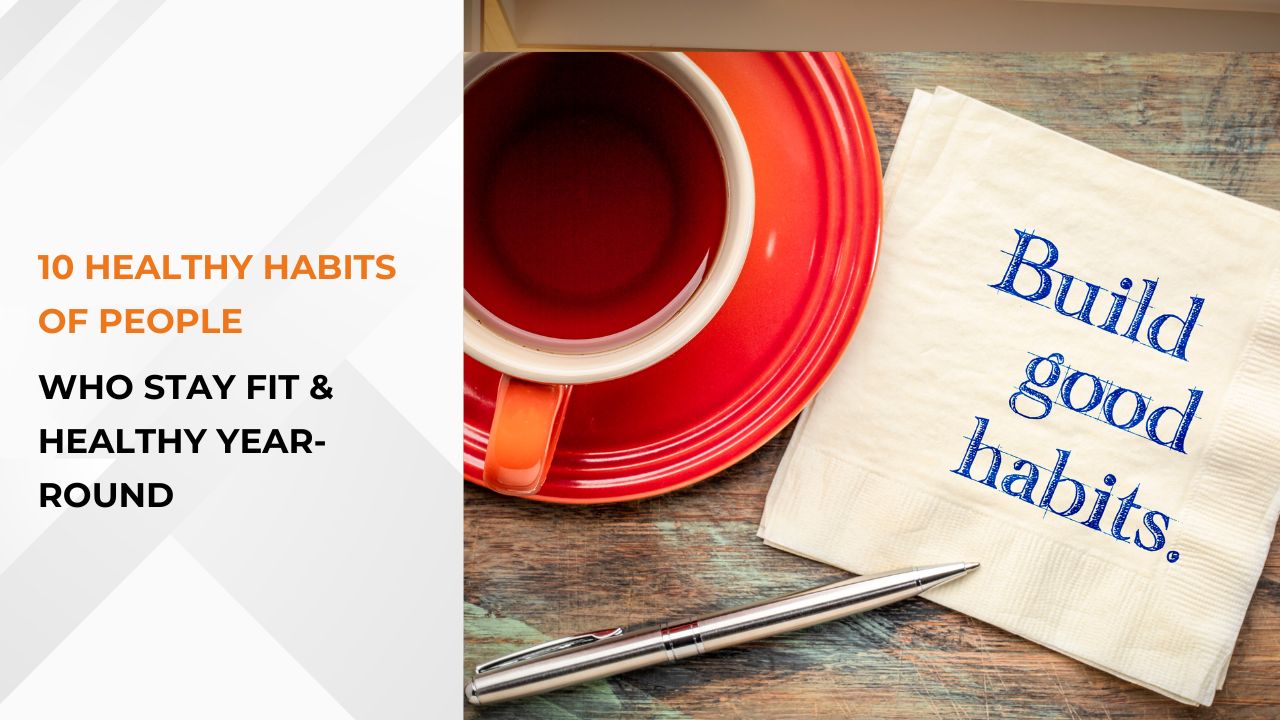Keto Diet Checklist: Foods to Embrace and Mistakes to Avoid

In recent years, the ketogenic diet, commonly known as the keto diet, has gained immense popularity as an effective weight loss and health management tool. This low-carb, high-fat diet emphasizes a drastic reduction in carbohydrate intake, prompting the body to enter a state of ketosis.
During ketosis, the body burns stored fat for energy instead of relying on carbohydrates. The keto diet offers numerous potential benefits, including weight loss, improved mental clarity, and enhanced energy levels. However, like any dietary regimen, it requires careful planning and understanding of what to eat and avoid.
Here’s a short synopsis on the what is keto diet, its principles and a guide for beginners on what to include in their meal plan and foods to run miles away from.
The Basics of the Keto Diet
The fundamental principle of the keto diet is to reduce carbohydrate intake to approximately 20-50 grams per day. Of course this also depends on individual factors such as age, activity level, and health goals.
Our body breaks down carbohydrates into glucose, which serves as the primary source of energy for our cells. Glucose is easily accessible and readily used by the body. When we reduce our carbohydrate intake the body starts to look for alternative sources of energy.
The first step in this process is the depletion of glycogen stores. When we consume carbs, any excess glucose is stored as glycogen in the liver and muscles. As carbohydrate intake drops, the body exhausts its glycogen reserves. For every gram of glycogen stored, approximately three grams of water are also retained in the body. As glycogen is used up, the associated water is released, leading to an initial drop in weight, often referred to as “water weight loss.”
The body needs to find an alternative fuel source to sustain its energy requirements once the glycogen is depleted.
In the absence of sufficient glucose from carbs, the body starts breaking down stored fats into molecules called fatty acids. These fatty acids are then further broken down in the liver through a process called beta-oxidation, which results in the production of ketone bodies.
Ketones are water-soluble molecules that can cross the blood-brain barrier and serve as an energy source for the brain and other tissues. In the absence of glucose, the brain can efficiently use ketones as an alternative fuel and this shift is known as ketosis. The body becomes highly adept at burning stored fats for fuel.
This is especially advantageous for individuals looking to lose weight because it allows the body to tap into fat reserves and use them as an energy source.
Ketones can suppress appetite and reduce hunger, which can make it easier for individuals to maintain a calorie deficit and promote weight loss. They have also been linked to improved mental clarity and focus, as well as enhanced energy levels.
Foods to Eat on the Keto Diet
Now that we’ve answered the question: What is Keto Diet? Let’s delve further and explore the breakdown of the foods that should be consumed and avoided to embrace the ketogenic lifestyle
1. Healthy Fats – Cornerstone of a Keto Diet
Fats are the cornerstone of the keto diet. Incorporate healthy sources of fats such as avocados, olive oil, coconut oil, nuts, and seeds. These fats provide essential nutrients and contribute to satiety.
2. Protein:
Opt for high-quality, moderate protein sources like fish, poultry, grass-fed meats, and eggs. Protein is necessary for maintaining muscle mass and supporting various bodily functions.
3. Non-Starchy Vegetables:
Leafy greens, broccoli, cauliflower, zucchini, and other non-starchy vegetables are low in carbohydrates and rich in fiber, vitamins, and minerals, making them an ideal constituent of a keto diet.
4. Dairy:
Full-fat dairy products like cheese and Greek yogurt are another fitting component to be considered for a keto diet, but be conscious of their carb content. Some people may also need to limit dairy consumption due to lactose intolerance.
5. Berries:
While fruits are generally limited on the keto diet due to their sugar content, berries like strawberries, blueberries, and raspberries are lower in carbs and can be enjoyed in moderation.
6. Low-Carb Sweeteners:
Some natural sweeteners, such as stevia and erythritol, are keto-friendly and can be used sparingly as substitutes for sugar. These sweeteners have minimal impact on blood sugar levels and do not contribute to the carb count, making them suitable options for maintaining ketosis while still enjoying a hint of sweetness in keto-friendly recipes or beverages.
Foods to Avoid on the Keto Diet
1. Grains:
Grains are one of the chief ingredients you’ll need to steer clear of. Avoid all grains, including wheat, rice, corn, and oats, as they are high in carbohydrates.
2. Sugary Foods:
Withdraw sugary treats, desserts, and beverages from your diet. Delightful as they may be, these foods contribute to a significant spike in blood sugar levels.
3. Starchy Vegetables:
Though they may be a staple in a lot of diets and be prepared in numerous ways, it is best to avoid or strictly limit potatoes, sweet potatoes, and other such vegetables. These vegetables are mainly high in carbs and would neutralize the effects on the keto diet.
4. Fruits
Most fruits like bananas, oranges, and apples are high in sugar and should be limited but there are still other fruits that can still be included in a keto diet. Small serving quantities of tart (sour/ acidic) fruits, such as blackberries, lemons, coconuts and other citrus fruits as well as berries.
5. Legumes:
Since beans, lentils, and chickpeas are carbohydrate-rich foods that are not compatible with the keto diet.
6. Processed Foods:
Highly processed foods are the biggest nemesis of the keto diet. They often contain hidden sugars and unhealthy fats, making them unsuitable for a ketogenic lifestyle.
Tips on Keto Diet for Beginners
1. Calculate Your Macros:
Determining your daily macronutrient requirements is crucial for success on the keto diet. Online calculators can help you establish your ideal ratio of fats, protein, and carbohydrates.
2. Stay Hydrated:
Increased water loss during ketosis can lead to dehydration. Make sure to drink plenty of water and consider supplementing with electrolytes.
3. Plan Your Meals:
Meal planning can help you stay on track and avoid temptations that may arise when you’re unprepared.
4. Gradually Transition:
If you’re coming from a high-carb diet, consider gradually reducing your carb intake to ease the adjustment period.
5. Monitor Your Progress:

Keep track of your weight, energy levels, and any other health changes to gauge the diet’s effectiveness for you.
6. Seek Professional Guidance:
Consulting with a registered dietitian or healthcare provider can ensure that the keto diet aligns with your health needs and goals.
Note:
Ketosis offers benefits, but it should be approached responsibly. The keto diet may not suit everyone, especially those with medical conditions. Proper planning is needed for long-term adherence to ensure essential nutrients. Seek professional advice before starting, especially with health concerns.
Keto Diet for Success: Fueling Fitness and Embracing Freedom
The keto diet offers a promising approach to weight loss and improved overall health for many individuals. By significantly reducing carbohydrates and increasing healthy fats, the body enters a state of ketosis, resulting in efficient fat burning. However, embarking on the keto journey requires knowledge, planning, and commitment.
Remember to focus on whole, nutrient-dense foods and avoid highly processed and sugary products. As with any dietary change, always listen to your body and seek professional guidance if necessary. With the right approach and dedication, the keto diet can be a transformative tool for a healthier and happier lifestyle.

